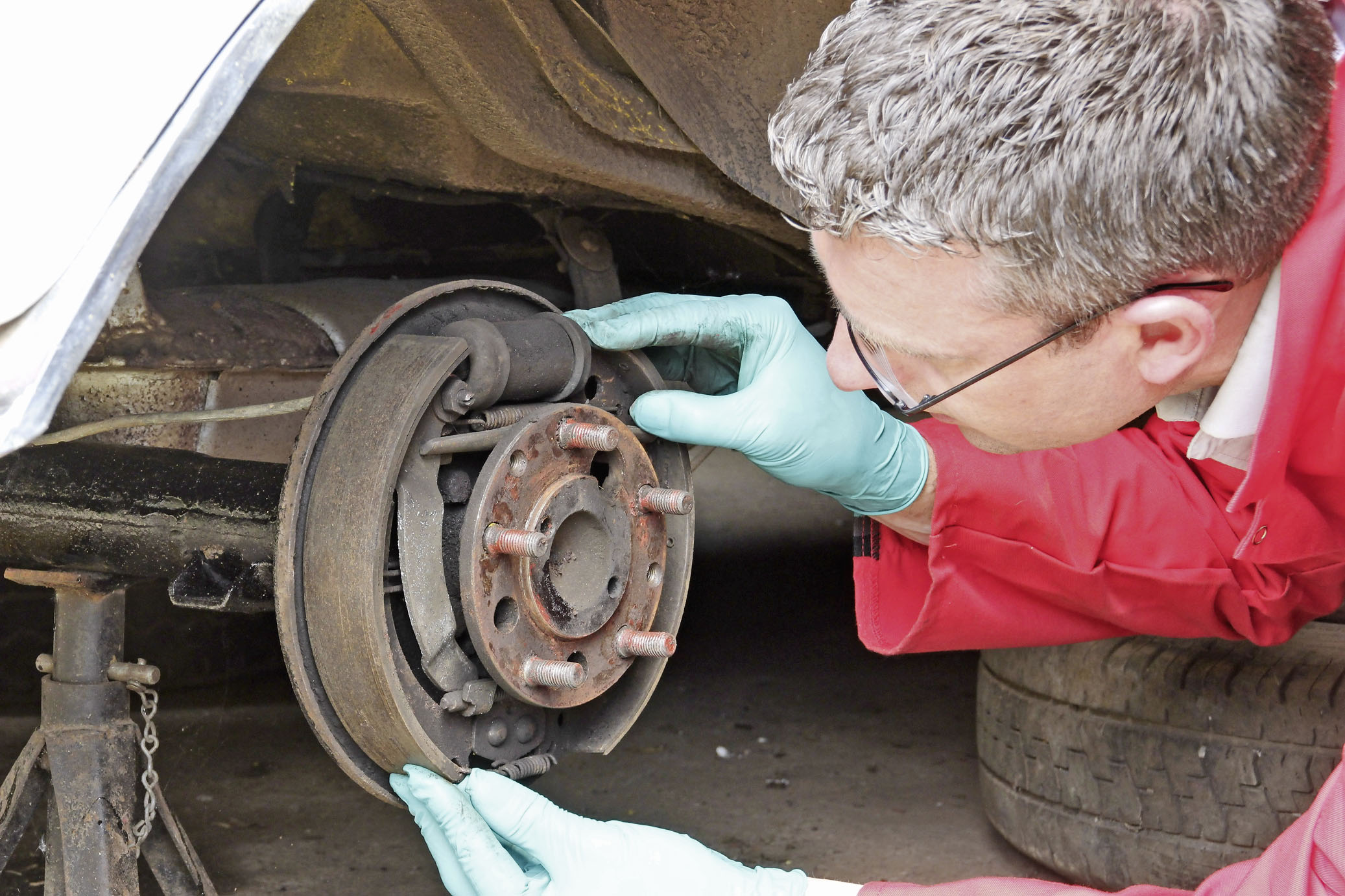
In certain circumstances, a brake servo can be a great upgrade for a classic car. However, many people use an aftermarket brake servo as a sticking plaster solution to mask an underlying problem. Before you even think about fitting a servo, you should fully inspect your brakes. Remove the wheels, with disc brakes, pry the pads back a little and check they move easily, both in prying-off and in pressing the pedal to reset them.
Remove drums and get an assistant to lightly press the pedal a little way down while you check the pistons for free movement. Peel back the rubber dust-seals to check for fluid leaks. Make sure there’s plenty of friction material left on the pads and shoes, and that they’re not glazed or contaminated.
Rebuild or replace any dubious parts, change the brake fluid and adjust the rear brakes. Remote servo kits are available, but get the factory set-up working properly first.

I have bought a Lockheed type brake servo for my 1955 Rover P4. My problem is that I don't know where to connect the vacuum hose since there is no nipple on the intake manifold (servos did not come on P4s until 1956). Therefore I will have to drill and tap a brass fitting, but exactly where? Furthermore how can I avoid getting swarf into the engine? Grateful for any help. Nils